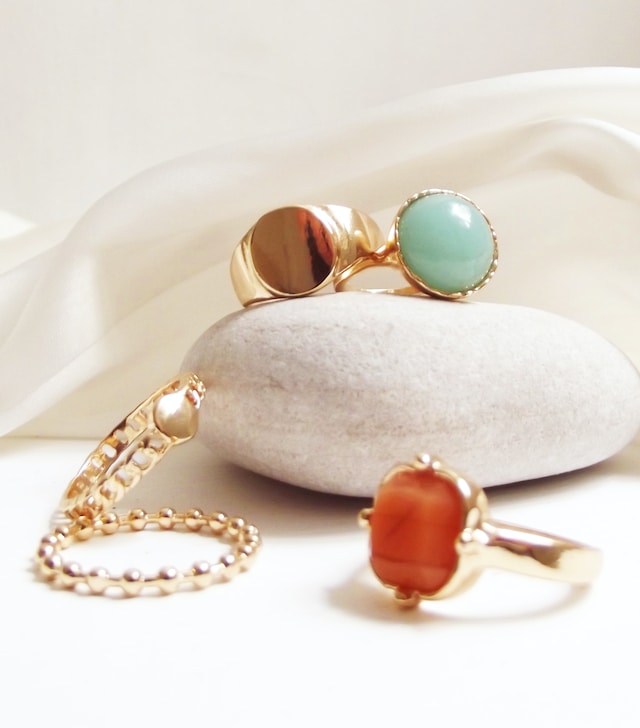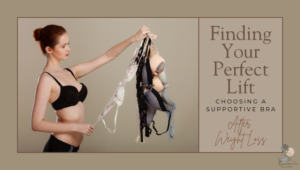
Picture: Unsplash
With the rise of online shopping and mass manufacturing, finding genuine, authentic jewelry has become increasingly challenging. Fake and synthetic stones masked as precious gems flood the markets while convincing knock-offs to replicate signature designer styles. But armed with the right knowledge, identifying authentic jewelry is possible.
This article will explore the top 10 tips for finding real, high-quality jewelry you can trust comes from legitimate sources. We’ll look at evaluating sellers, hallmarks, materials, history, and more. Follow these professional strategies to locate authentic antique, vintage, designer, and contemporary jewelry pieces.
Know Your Sources
The first step to finding authentic jewelry is working with trusted, reputable sellers. High-end jewelers, auction houses, estate sellers, and consignment stores offer access to verified pieces but still require due diligence checks. Online marketplaces open enormous selections but increase the risks of scams. Carefully research any seller through reviews, certifications, and appraisals. Ask detailed questions about their procurement processes and authentication methods. Established jewelers, staking decades-long reputations on providing quality, genuine pieces, make ideal sources.
Look for Hallmarks and Stamps
Authentic silver and gold jewelry will bear hallmarks and stamps indicating precious metal content, date, and origin. British hallmarks include a sovereign’s head stamp, silver purity mark, city stamp, and date letter. Other nations utilize similar systems. USA gold jewelry stamps read 10k, 14k, 18k, etcetera, denoting gold content out of 24k pure gold. Silver is marked sterling or 925 for 92.5% pure silver. Platinum jewelry will say 900 Plat or Pt900. The lack of clear, official stamps indicates fraud.
Consider the Material
Real gold and silver have a beautiful luster and heaviness. Gold should not attract a magnet. Silver tarnishes over time. Solid karat gold won’t flake or fade. Gemstones like diamonds, rubies, and emeralds each radiate unique brilliance and clarity when authentic. Materials should align with a piece’s age and geographic origins. If metal appears too light, gemstones look dull or have flaws, or something seems artificially aged, it likely lacks authenticity. Evaluate materials closely and conduct tests to determine legitimacy.
Research the Designer
Intensive research is essential for signed pieces from top design houses like Tiffany, Cartier, and Harry Winston. Study the designer’s hallmarks, preferred materials, production years, and styles through books and online guides. Compare similar pieces to note consistency. Receive verification from appraisers. More obscure, independent designers warrant investigation, too, to confirm authentic Origins. Trace provenance back to reputable estates, auction discoveries, or direct relationships indicating firsthand production and ownership. Lacking documented history increases forgery risks.
Check the Quality
Authentic jewelry exhibits refined, meticulous craftsmanship and detailing bearing no visible flaws. The settings and stones align perfectly. Engravings and filigree appear sharp, always smooth. Pieces feel substantial and weighty in hand. High magnification under a jeweler’s loop can identify shoddy artistry—imitation pieces aimed to feature convincing but imperfect detailing under close inspection. Subpar construction gives away fraud. If execution seems sloppy, chances are the piece lacks authenticity.
Ask for Certifications and Appraisals
Request certifications like laboratory reports, metal content analysis, and gemological reports to authenticate precious metals and stones when possible. Accredited independent appraisals also provide expert verification and value estimates. Reputable sellers will furnish official paperwork detailing chemical compositions, grading factors, and points of origin. Certificates and appraisals deliver added assurance an expensive piece is genuine.
Avoid Fakes and Replicas
Today nearly all popular jewelry styles have counterfeit versions circulating widely online. Spot scams by price alone—no one offers brand new Cartier at 90% off. Also, beware of pieces exceeding their actual valuations. No legitimate seller deals exclusively in replica jewelry. Seeking out fakes to buy “inspired” designer looks poses legal and ethical issues. Only buy from sellers who condemn and avoid fakes entirely.
Consider the History
For vintage and antique jewelry, assessing age and historical characteristics aids authentication. The natural patina, tarnish, nicks, and wear indicate genuine age not easily replicated—study original stylings like Victorian lockets or ancient Celtic jewelry unique to certain eras. Provenance linking previous owners proves limited circulation. While still requiring an appraisal, antiques bearing expected age-related qualities signal authentic origins.
Negotiate the Price
Authentic jewelry costs more because extraordinary craftsmanship and materials command higher prices. If a seller offers suspiciously big discounts, walk away. Know average prices for desired metals and gemstones through market research. Only pay what realistically aligns with a piece’s objective value. Consider appraisal values when negotiating prices for older or unique pieces.
Conclusion
Finding authentic adornments means dedicating time to carefully vet sellers, signatures, materials, quality, certificates, and pricing. But the rewards of owning genuine jewelry make the effort worthwhile. Take it slowly, learn what to look for through guides and experts, and let your instincts steer you away from deals that seem too good to be true.
With the right combination of diligence, savvy, and patience, you can curate a jewelry collection of authentic heirloom-quality pieces to treasure for a lifetime and pass down.


